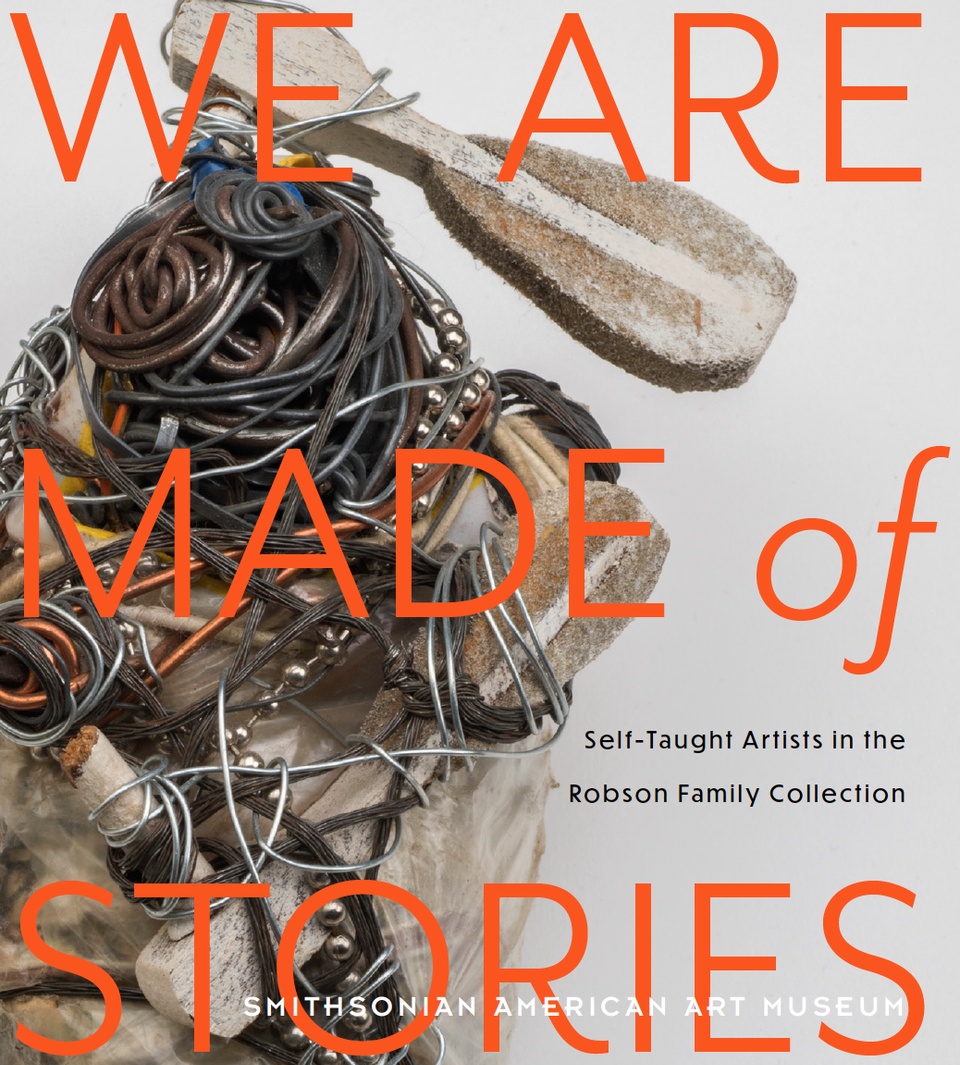Calvin Black
- Also known as
- Calvin Anderson Black
- Cal Black
- Born
- Tennessee, United States
- Died
- Yermo, California, United States
- Nationalities
- American
- Biography
Calvin and Ruby Black moved from Redding, California, to Yermo, located directly south of Death Valley in the heart of the Mojave Desert, in 1953. They opened a small rock shop and refreshment stand along the highway, and began constructing outbuildings, large whirligigs, tableaux, and other amusements to attract customers. They called this spot "Possum Trot," after a building type from their native South, and populated it indoors and out with home-made, life-sized dolls. Calvin carved and painted the dolls, some based on real people, and gave each a name, which was painted on a wooden tag. Ruby used discarded clothing to dress the dolls.
Inside one building, the couple arranged the "Fantasy Doll Show" or "Bird Cage Theater" with scenes created with animated, "talking" dolls. Calvin attached speakers to the backs of several of the figures, and recorded dialogue, altering his voice to suit each figure. He also recorded songs and guitar accompaniment that he wrote for the scenarios.
Lynda Roscoe Hartigan Made with Passion: The Hemphill Folk Art Collection in the National Museum of American Art (Washington, D.C. and London: National Museum of American Art with the Smithsonian Institution Press, 1990)














